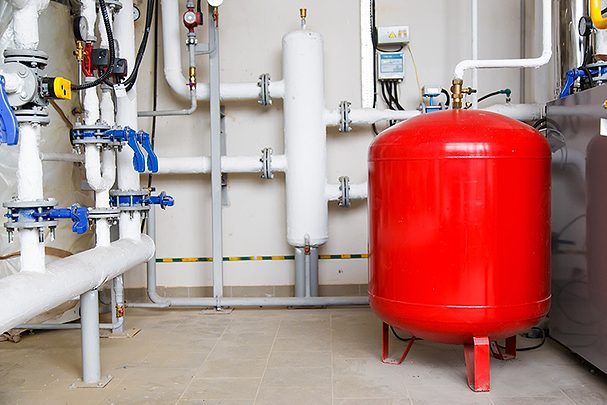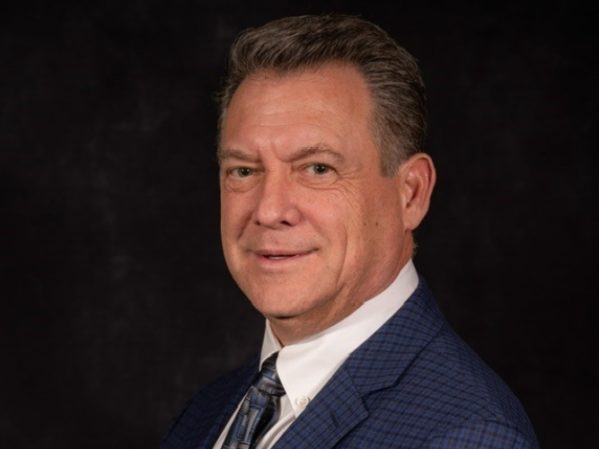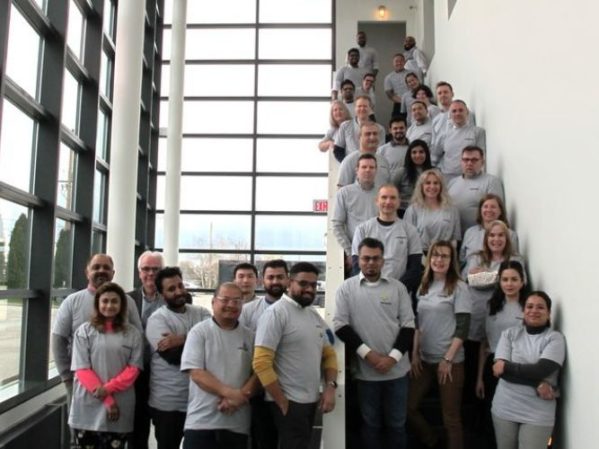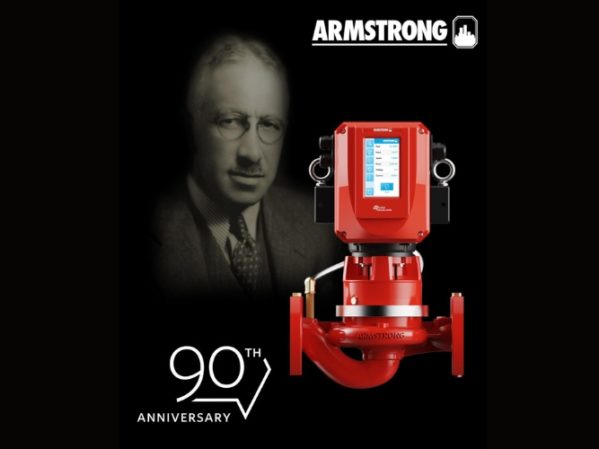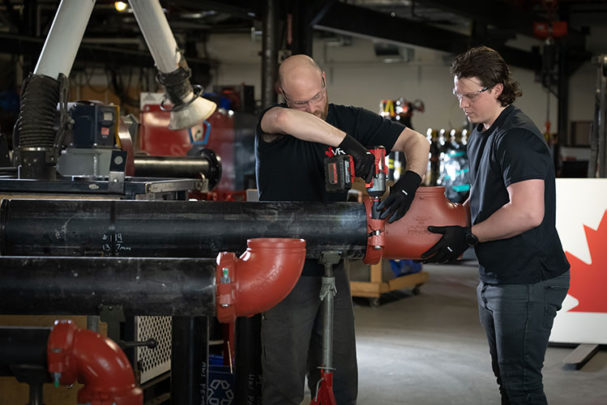Engineering
Code Classroom
This month, we’re discussing thermal expansion tanks, temperature gauges and hot water temperature maintenance cables.
Read More
Feature
Water Is the New Fire
Effective water management solutions are critical for an intelligent plumbing system.
Read More
Feature
Pipe-Joining 101: Commercial Plumbing, Heating and Air Systems, Part 1
Grooved, welded and flanged joints are among the most used pipe-joining methods in commercial PHA systems.
Read More
Feature
Through the Plumbing Lens: Heat Pump Domestic Water Heating Systems
These last few years have highlighted the potential to use heat pumps for heating water while reducing greenhouse gas emissions.
Read More
Feature
Systems Architecture for Zero Net Energy Performance in Multifamily and Office Buildings, Part 1
A review of the basic elements related to building science and the thermodynamic principles behind the design of ZNE buildings.
Read More
Thought Leadership
No Resolutions
Don’t compare the work you do to everyone else’s work. Your contributions are what everyone needs from you.
Read More
